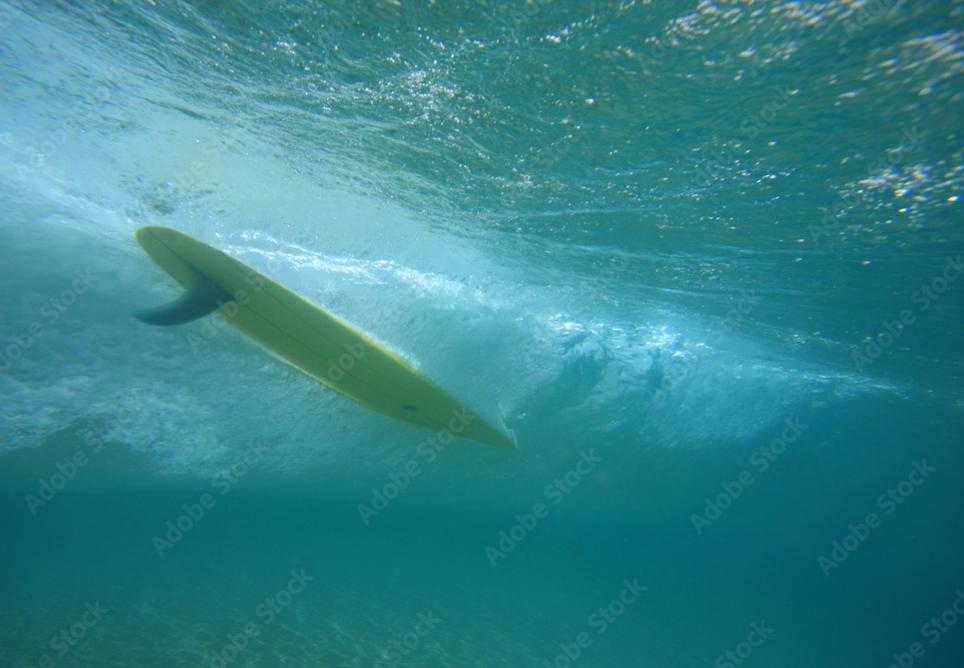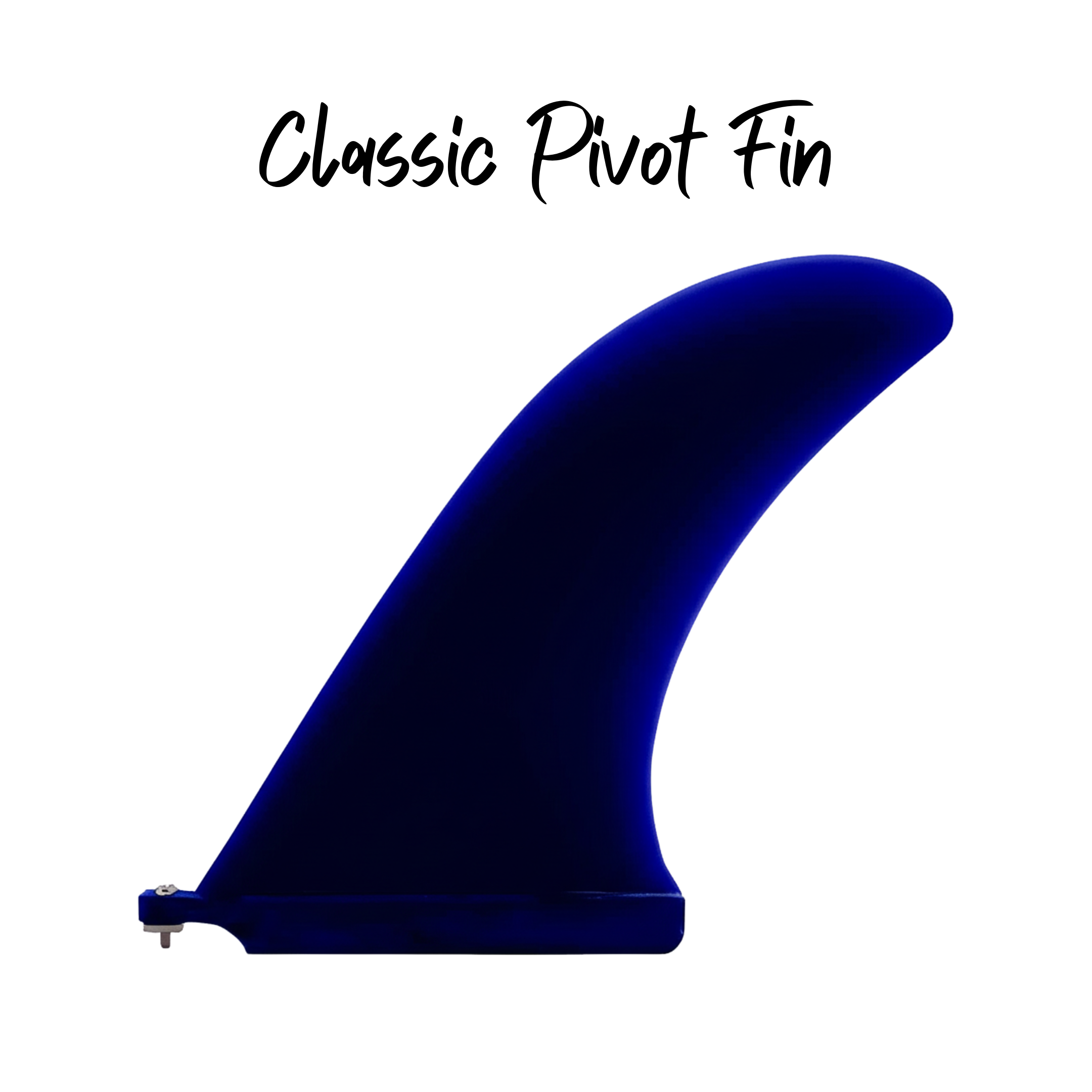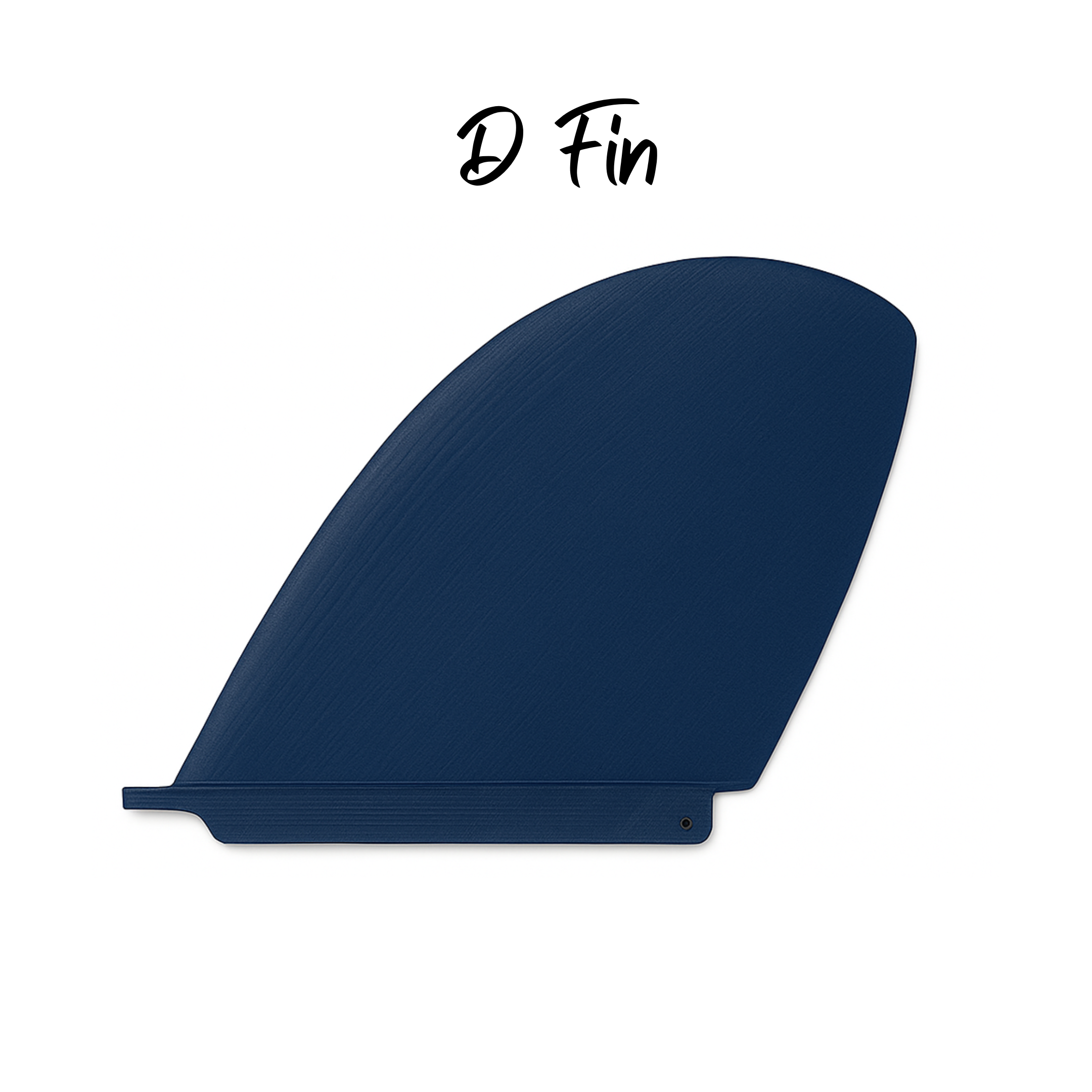
Longboard Fins Guide: Single Fin vs 2+1 Setup | Fin Finder
Master longboard fin selection for classic single fin performance and modern 2+1 versatility
From Traditional to Progressive

Master longboard fin selection for classic single fin performance and modern 2+1 versatility
From Traditional to Progressive
Jump to any section to learn about longboard fin types, sizing, and placement
Understanding the unique breed
Pivot, rake, hatchet, D-fins & flex
Inch-per-foot rule & beyond
Forward vs back positioning
Center fin plus side bites
Longboard fin box basics
💬 Have specific questions? Our Expert Fin Finder chat is always available in the bottom right corner!
Longboard fins are fundamentally different from shortboard fins in both design philosophy and function. While shortboard fins prioritize quick turns and radical maneuvers, longboard fins are designed for stability, flow, and the unique requirements of traditional longboard surfing.
The key differences stem from the longboard's length, weight, and intended surfing style. Longboards require fins that can provide adequate hold and control for a much larger board while enabling the smooth, flowing turns and noseriding capabilities that define classic longboard surfing.
Each fin type offers unique performance characteristics for different longboard styles
Pivot Fin Performance: Pivot fins excel at creating the classic longboard turning style - smooth, drawn-out arcs that maintain speed and flow.

Classic Pivot Fin
Hatchet Fin Performance: Hatchet fins provide maximum hold and drive, making them ideal for traditional logs and powerful wave conditions.

Hatchet Fin
D-Fin Longboard Performance: D-fins offer a unique combination of stability and smooth turning, popular among traditional longboard enthusiasts.

D Fin Design
Flex Fins Longboard Performance: Flex fins provide a lively, responsive feel that many traditional longboard surfers prefer for their authentic vintage characteristics.

Flex Fin
The classic "inch-per-foot" rule suggests using a fin depth equal to your board length in feet. For example, a 9-foot longboard would use a 9-inch fin.
Example: 8ft board = 8" fin, 9ft board = 9" fin, 10ft board = 10" fin
While the inch-per-foot rule is a good starting point, modern longboard fin sizing considers surfing style, wave conditions, and personal preference.
Factors: Surfing style, wave size, board weight, personal preference
Forward for looseness, back for hold and drive
Performance Characteristics:
Best For:
Traditional longboarding, noseriding, small wave performance, learning to walk the board
Performance Characteristics:
Best For:
Performance longboarding, larger waves, aggressive turning, modern progressive style
Center fin plus side bites for enhanced performance
A 2+1 setup combines a large center fin (typically 6-8 inches) with two smaller side fins (side bites) usually 3-4 inches. This configuration bridges traditional single fin stability with modern maneuverability.
Configuration: Large center fin + two small side fins
For more detailed information about 2+1 setups and other fin configurations, including thruster and quad setups on longboards, visit our comprehensive fin setups guide.
Understanding the longboard fin box standard
The US Box system is the most common longboard center fin system, allowing for easy fin changes and precise placement adjustments. For complete information about all fin systems including FCS, Futures, and specialty systems, check out our detailed fin systems guide.
Ready to find the ideal longboard fin for your board and surfing style? Our Fin Finder Expert can help you choose the perfect fin based on your board dimensions, fin box type, and longboard surfing preferences.
💬 Don't forget - you can also chat with our Expert Fin Finder anytime using the chat box in the bottom right corner for personalized longboard fin advice!
Get Expert Longboard Fin Recommendations